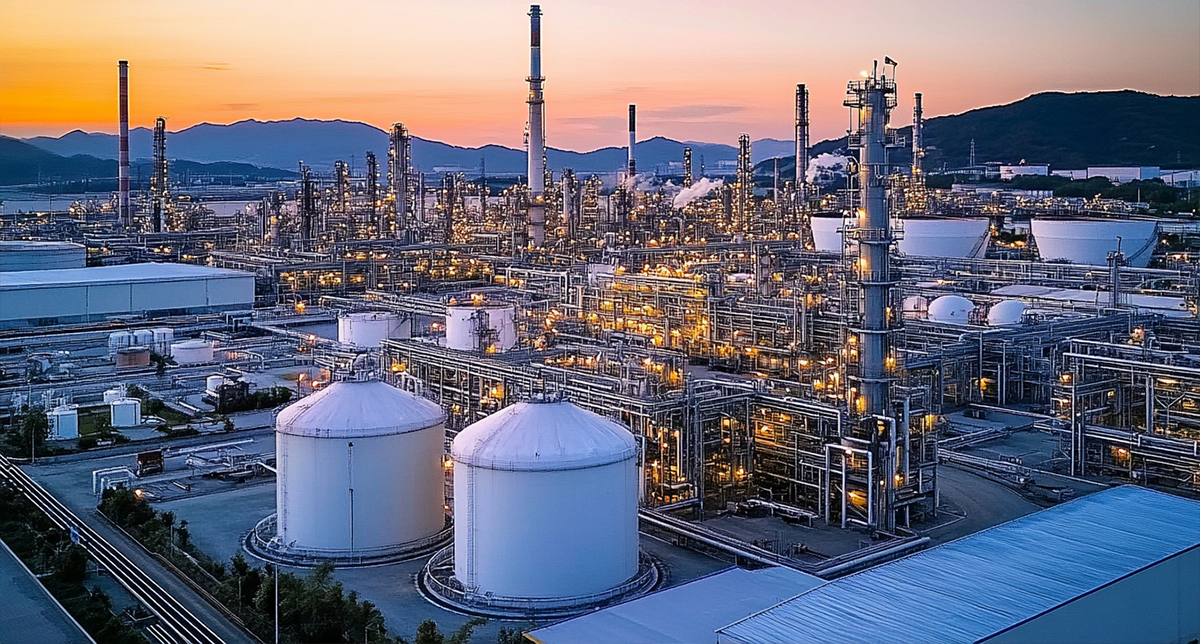Detailed Breakdown of NMP Synthesis Process
Detailed Breakdown of NMP Synthesis Process
NMP (N-Methylpyrrolidone) is primarily produced via the BDO synthesis route. This involves first synthesizing γ-butyrolactone (GBL) from 1,4-butanediol (BDO), which then reacts with methylamine to form NMP. This method is currently the most reliable and mature industrial production route. With a long history of industrial use, this process is highly optimized, offering large-scale production, high efficiency, and low costs.
Key Features of the BDO Route:
Uses copper-based catalysts enhanced with additives like zinc, aluminum, chromium, and manganese to boost reactivity and selectivity.
High conversion rates: 98% for BDO, 95% selectivity, and >90% yield.
No dependency on external hydrogen sources (by-product hydrogen is generated).
Flexible production scale: Can be adapted for small or large operations using readily available 1,4-butanediol as the raw material.
Economic viability hinges on the cost and availability of 1,4-butanediol.
γ-Butyrolactone (GBL) Production Process
1. Feedstock Preparation:
1,4-butanediol is pumped into a heater, heated with thermal oil, and mixed with recycled hydrogen in a static mixer.
The mixture is further heated to fully vaporize the BDO before entering a dehydrogenation reactor.
2. Reaction & Separation:
The dehydrogenation reaction occurs under controlled temperature and pressure.
Post-reaction, products and hydrogen exchange heat in a product-hydrogen heat exchanger, then cool via circulating water.
The cooled mixture enters a gas-liquid separator:
Liquid product (crude GBL) flows to storage.
Hydrogen is partially recycled (after compression and reheating) or purified for other uses.
3. Purification:
Crude GBL is pumped to an azeotropic column to remove light impurities.
Further refined in a product distillation column to obtain high-purity GBL, which is then stored.
NMP Synthesis Process
1. Reaction Setup:
Pure GBL and a 40% methylamine aqueous solution are metered into a steam preheater, mixed in a static mixer, and fed into an amination reactor.
2. High-Pressure Reaction:
The reaction occurs at 230–260°C and 7.0–8.0 MPa pressure.
Products are cooled and depressurized to atmospheric pressure in a constant-pressure tank, then stored as crude NMP.
3. Purification Steps:
Deamination: Crude NMP is pumped to a deamination column to recover ~30% methylamine solution (recycled for reuse).
Dehydration: Residual liquid from deamination goes to a dehydration column; water from the top is sent to wastewater treatment.
4. Distillation:
The dehydrated product enters a middle fraction column for preliminary separation.
Final refinement in a product distillation column yields pure NMP, which is stored and packaged.
5. Waste Handling: Bottom residues from distillation are collected and sent to licensed recyclers or incinerated.
This process ensures efficient, scalable production of NMP with minimal waste and high recovery of by-products like hydrogen and methylamine.

Room 1204, Unit 1, Building 1, No.9 Industry West Road, Songshan Lake, Dongguan City, Guangdong Province, China



